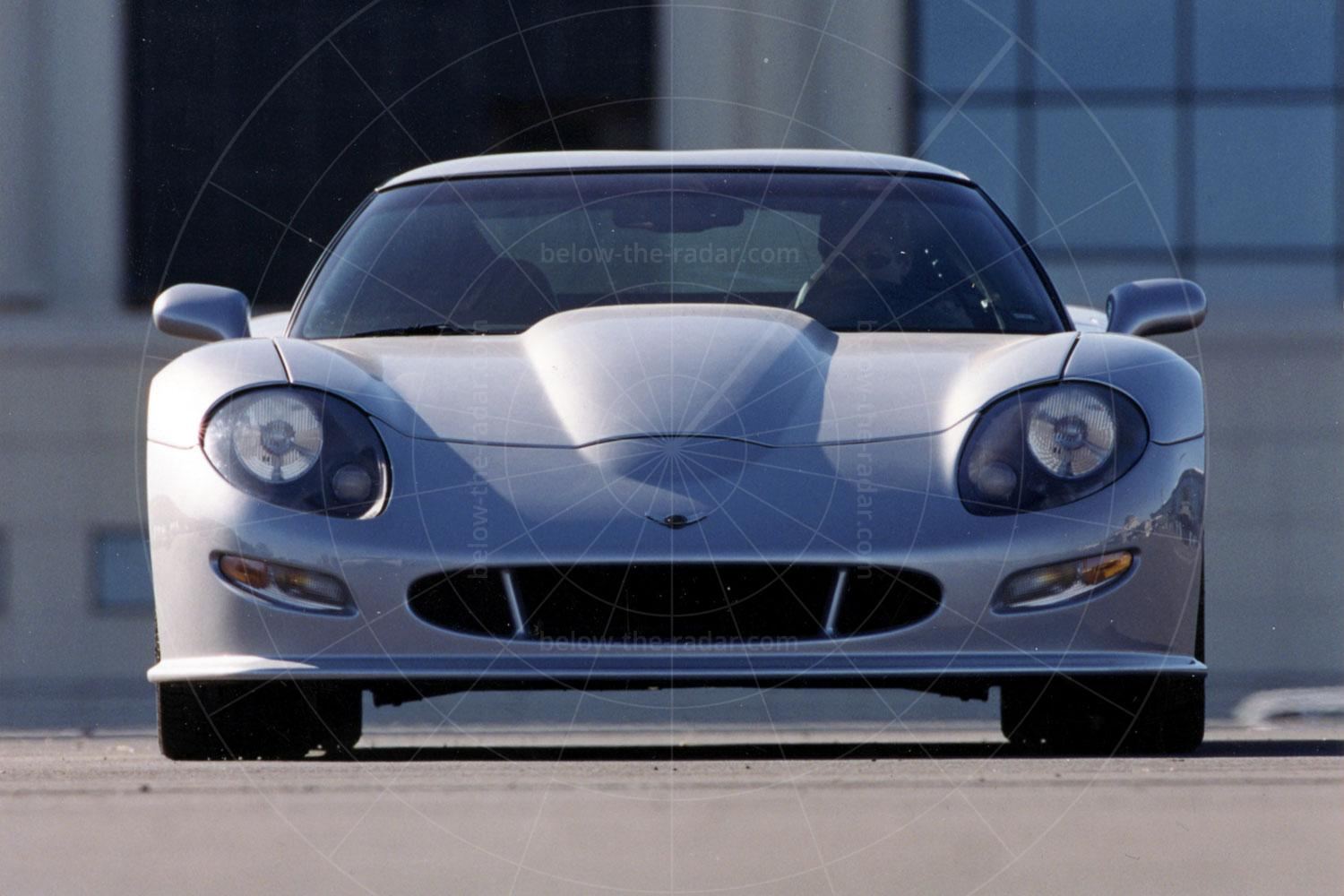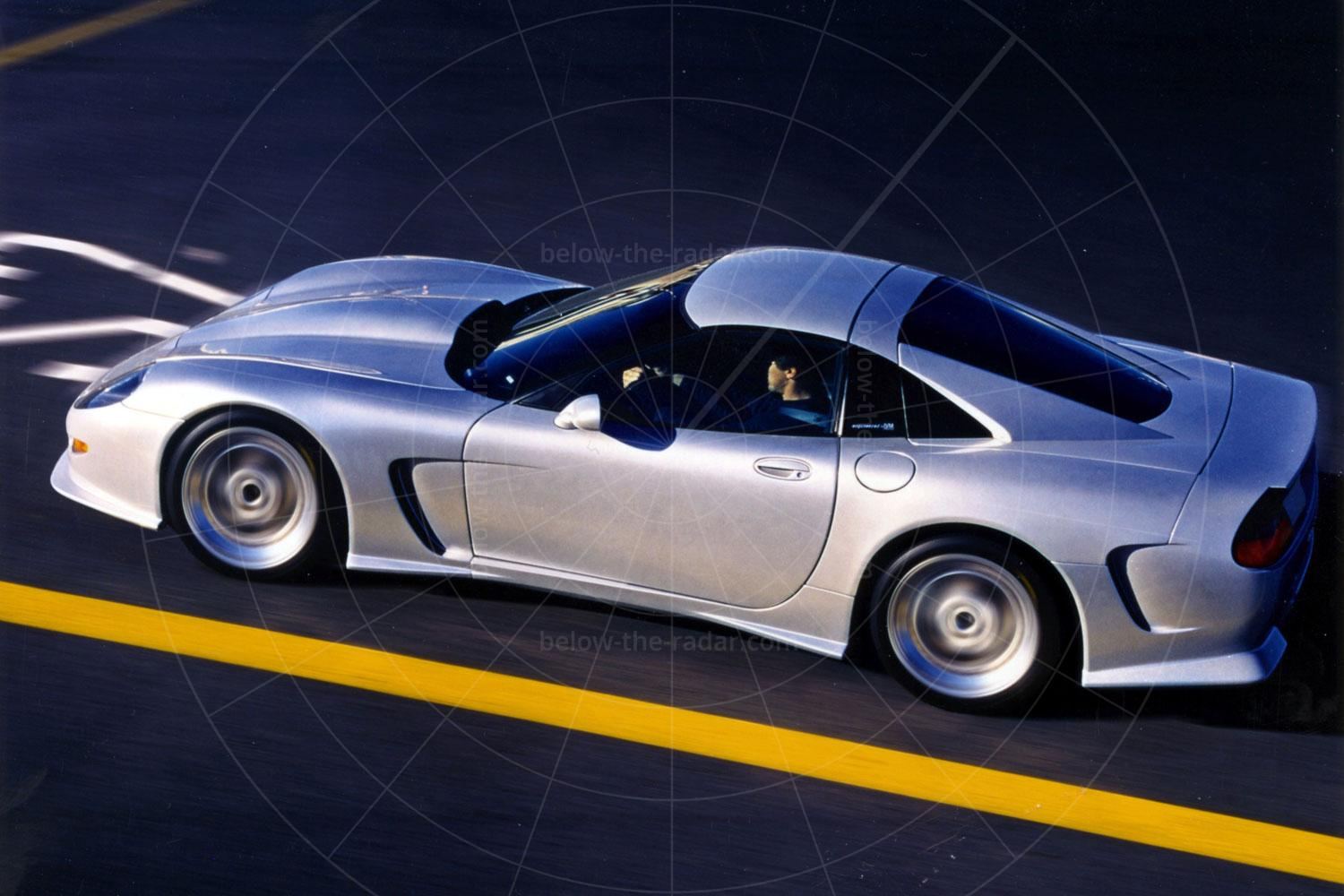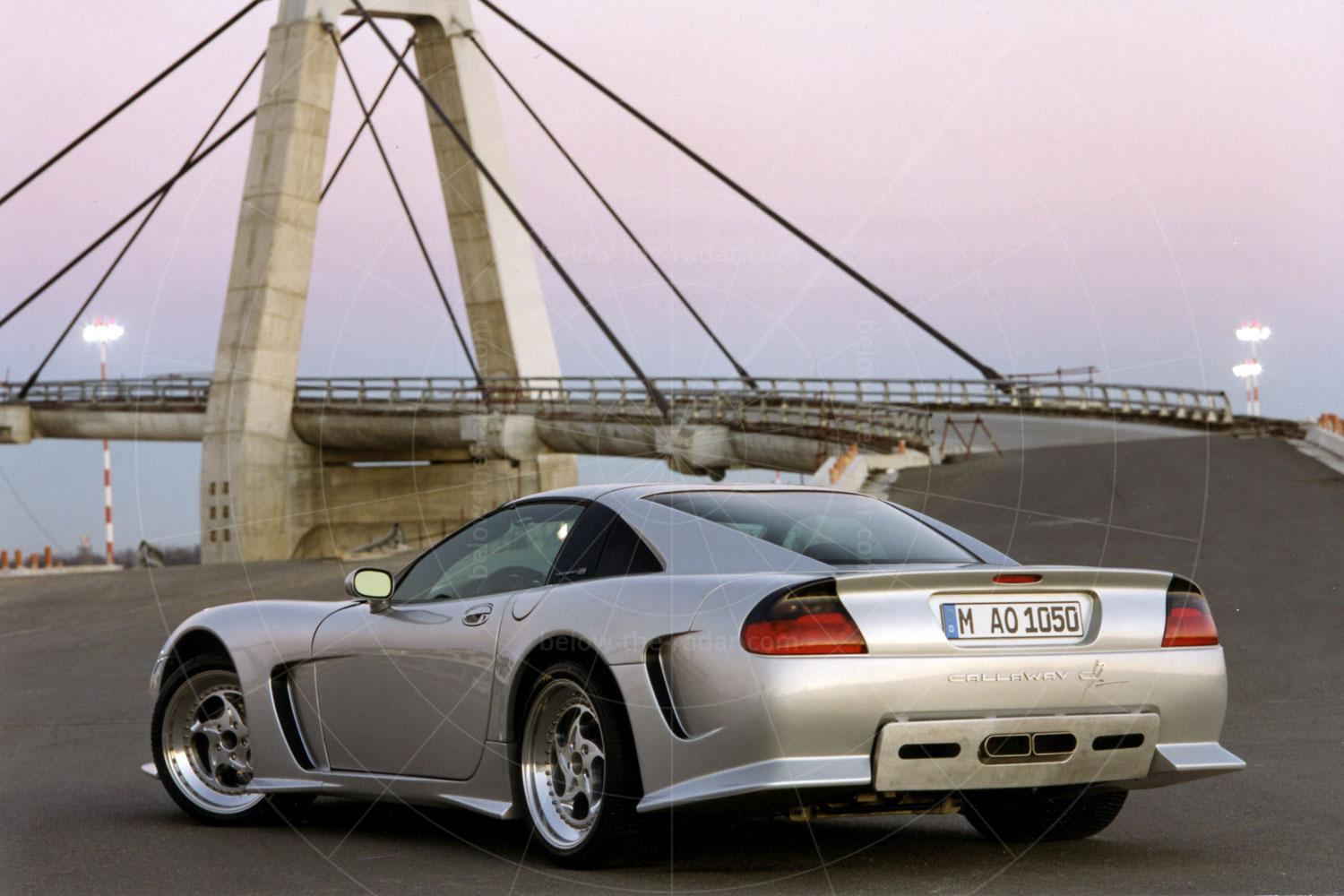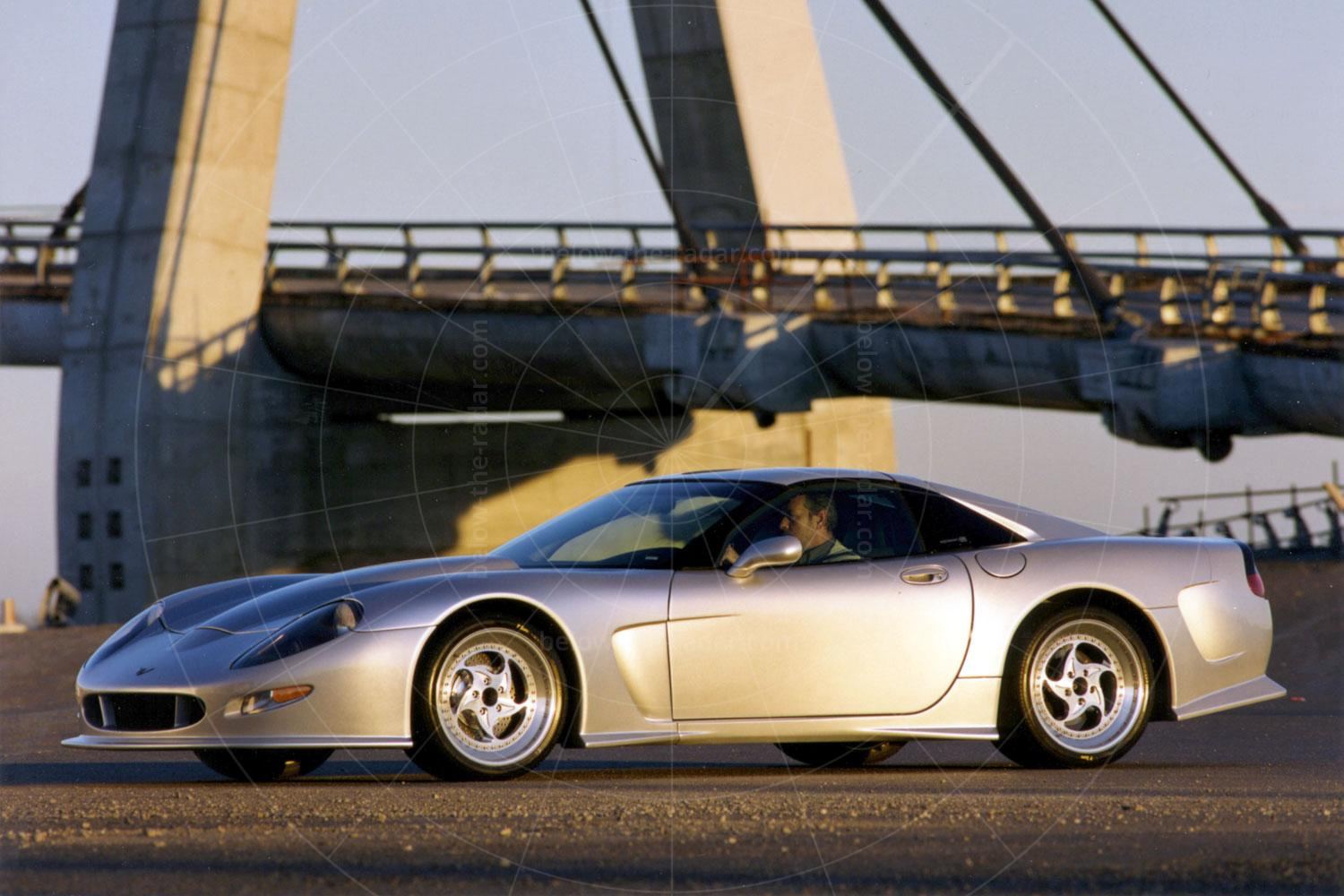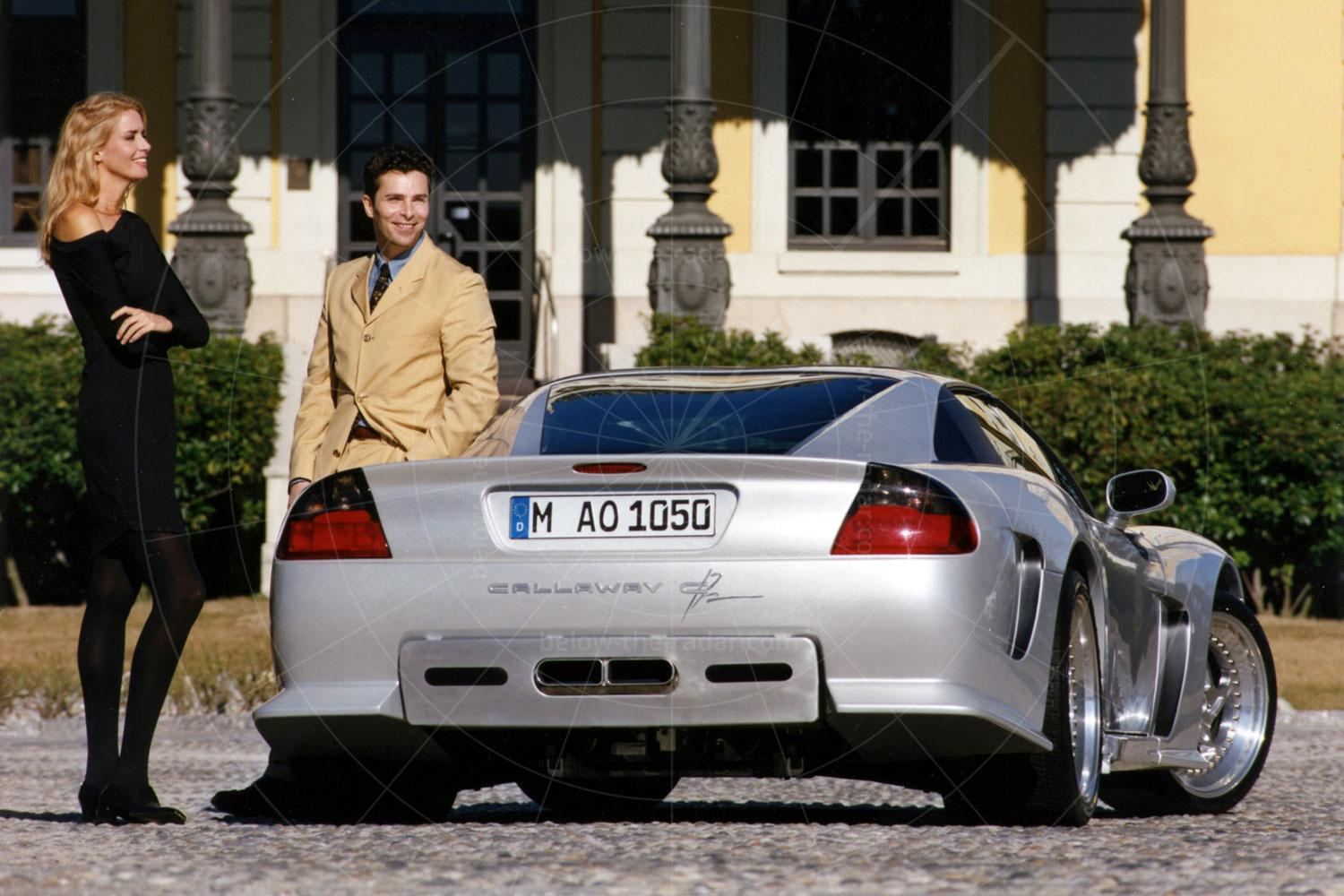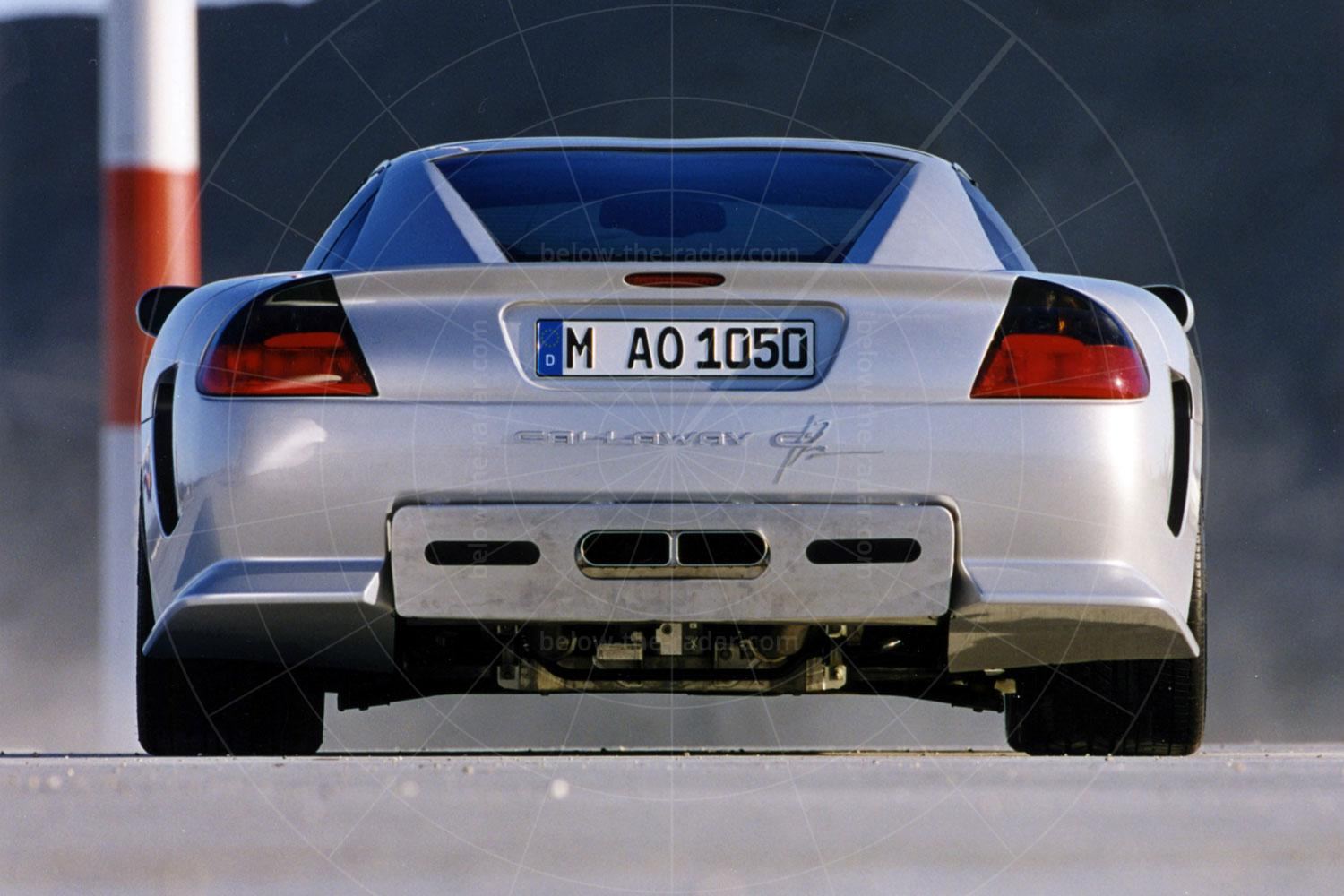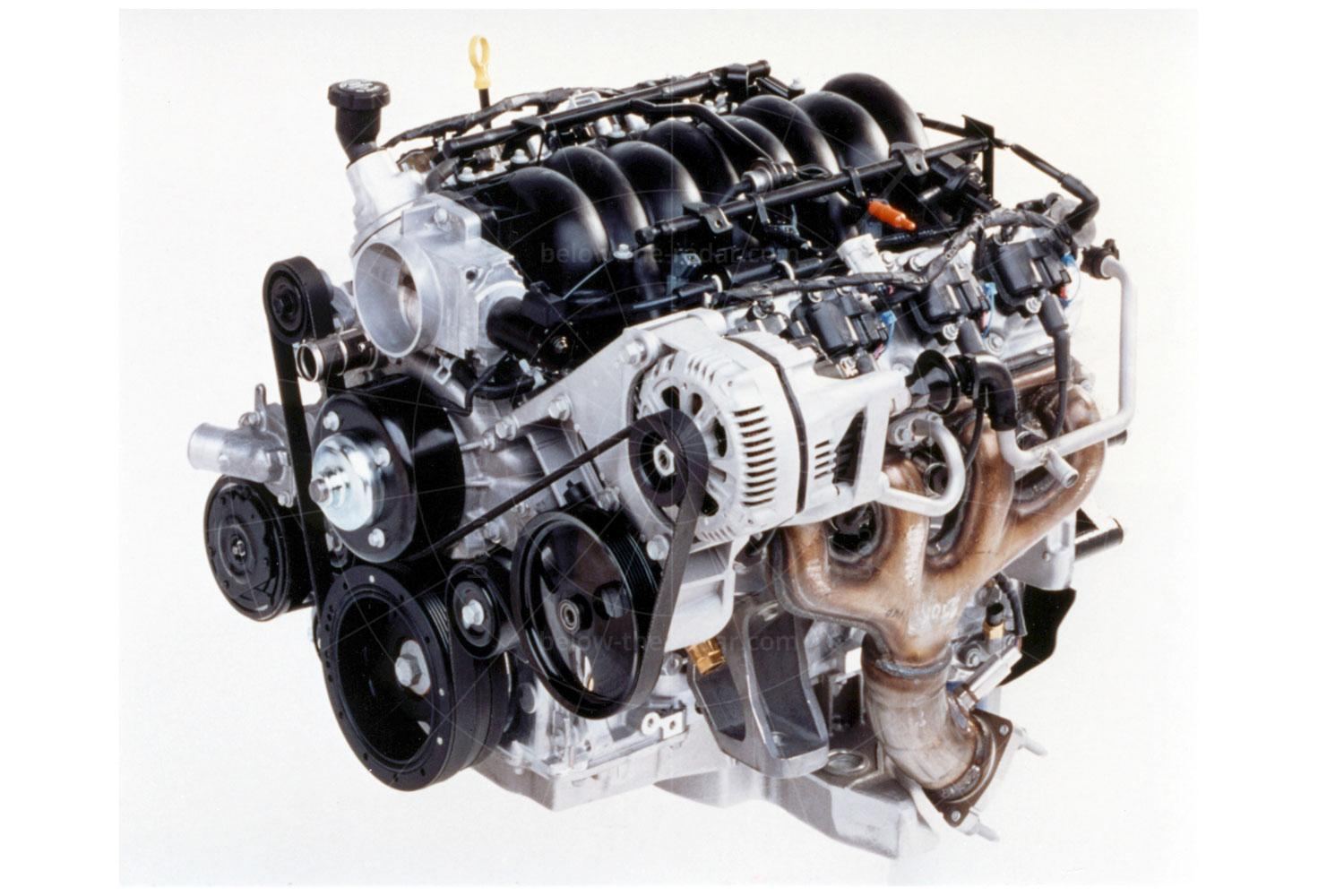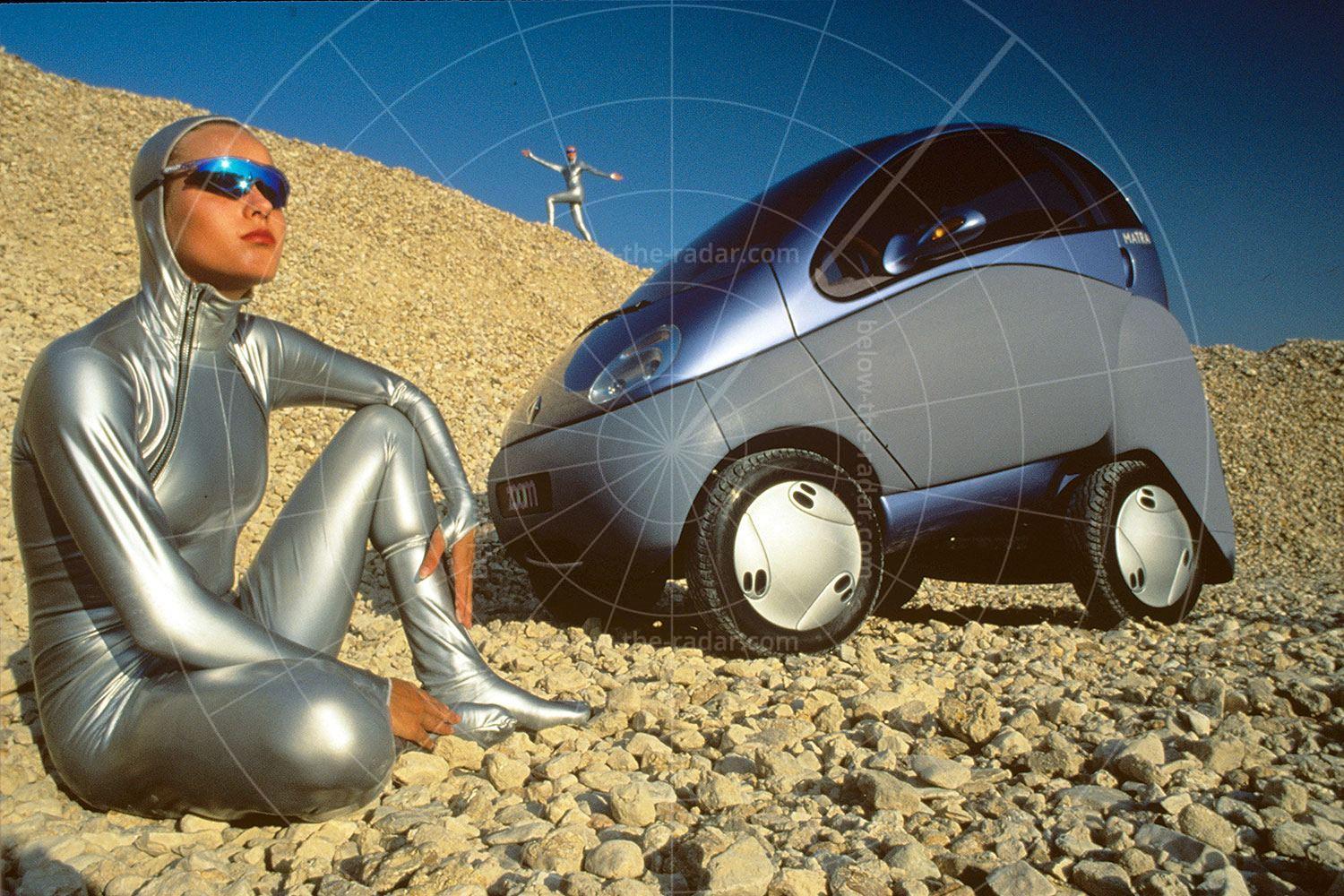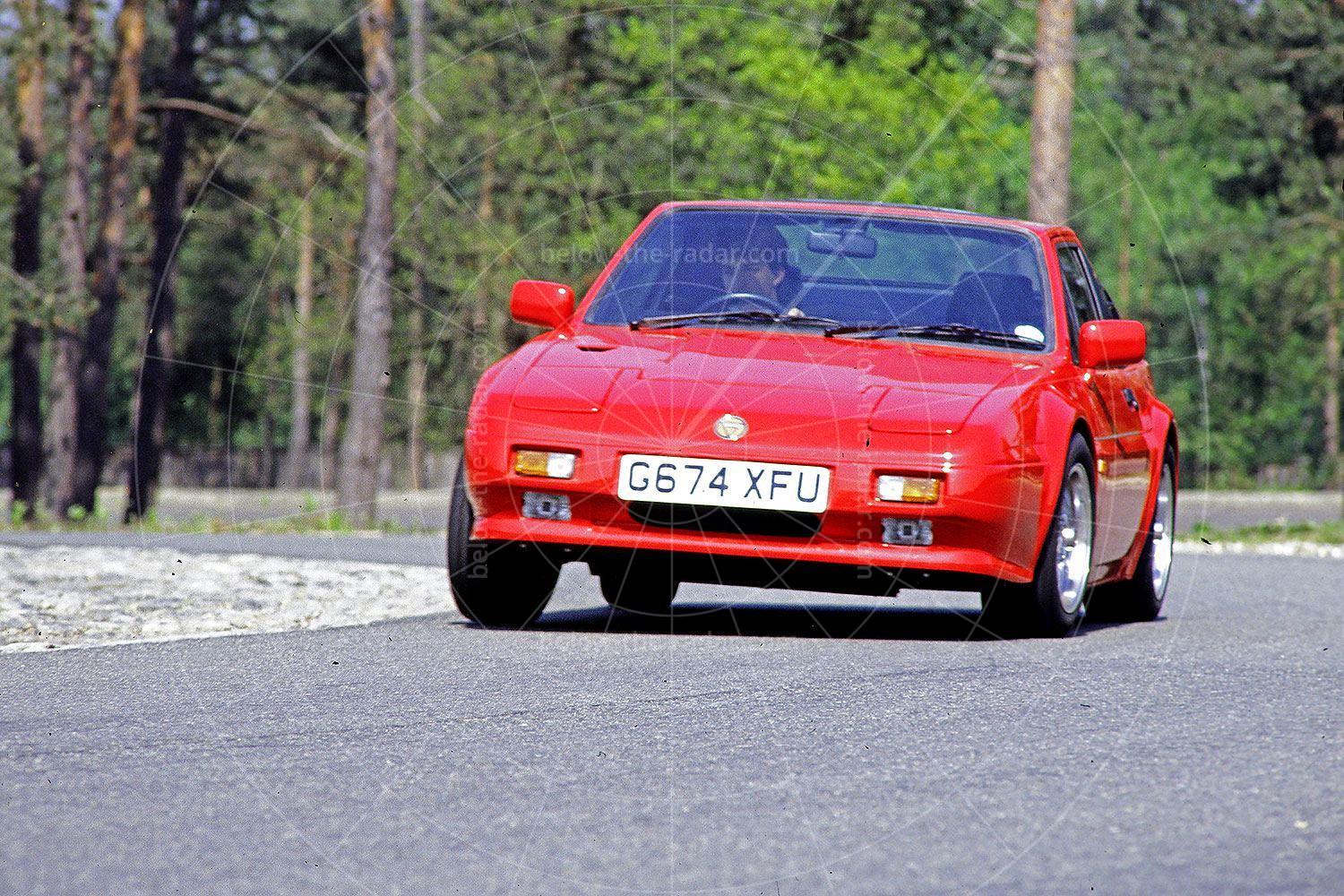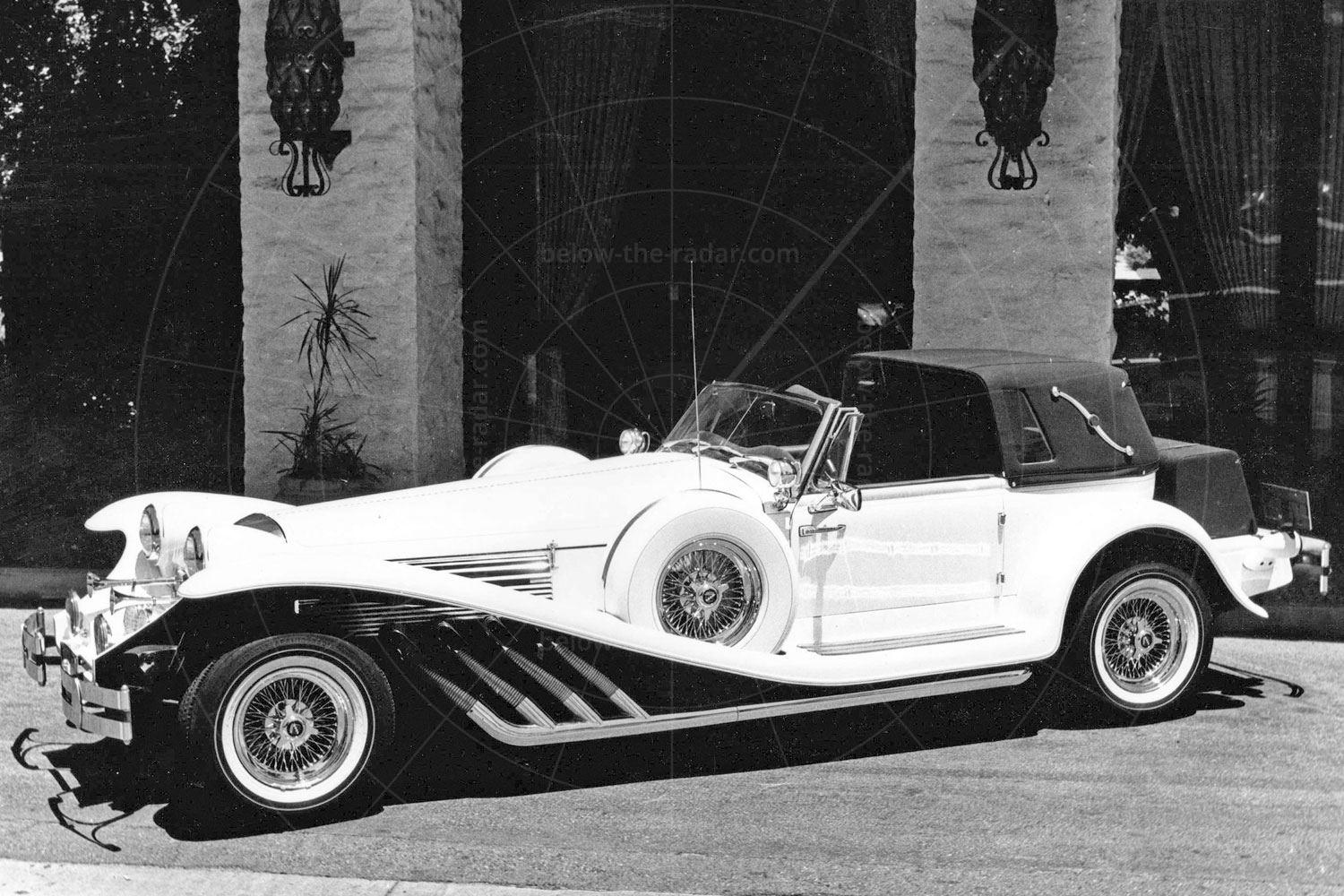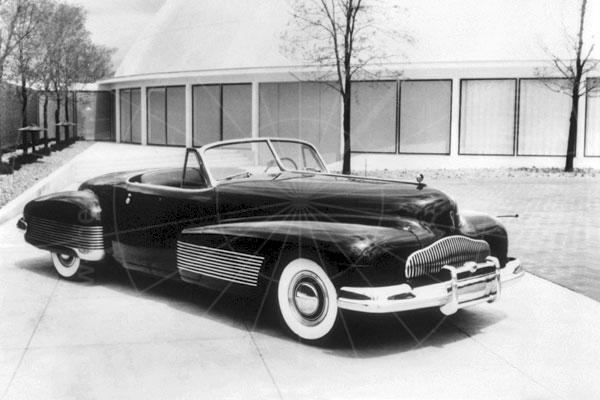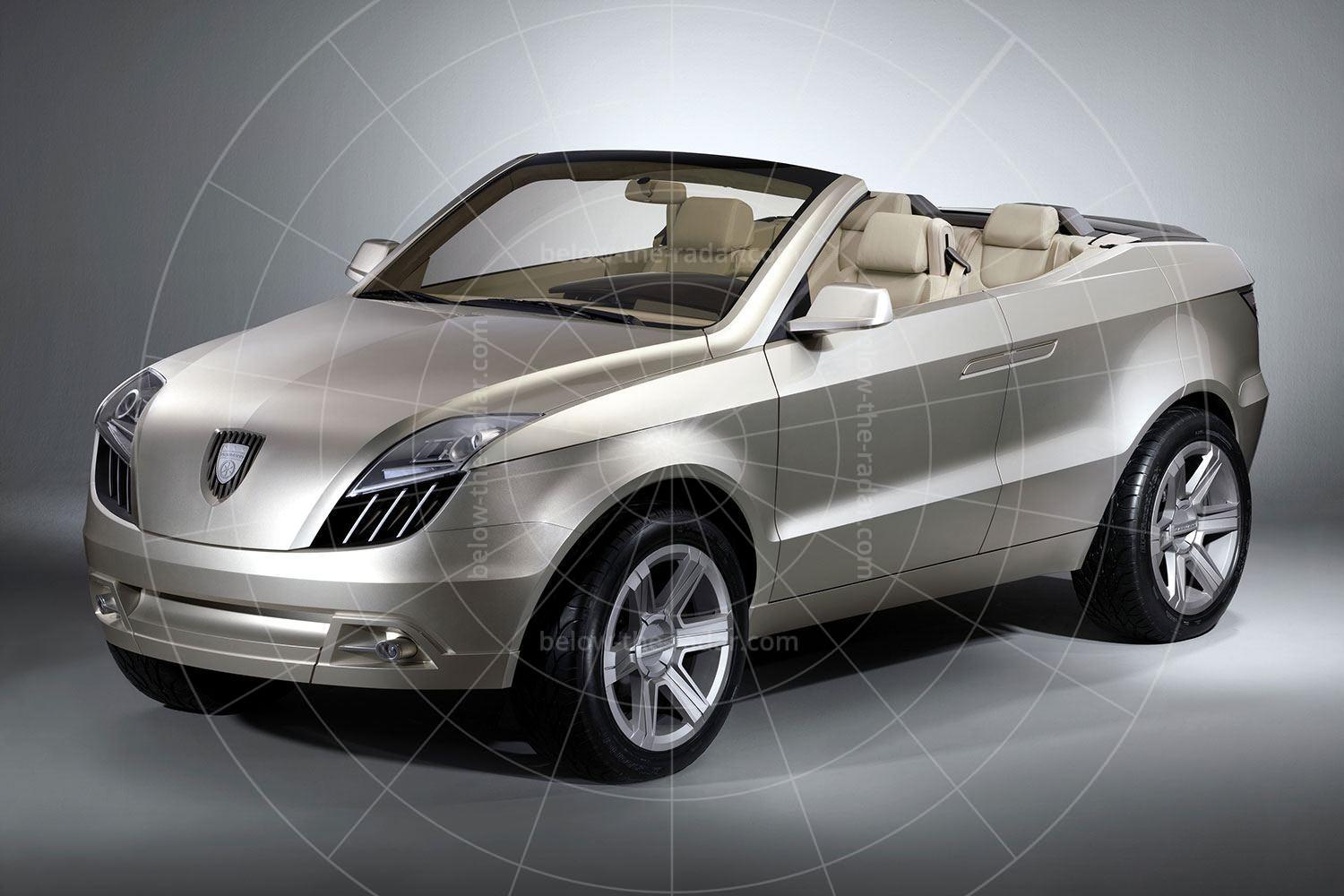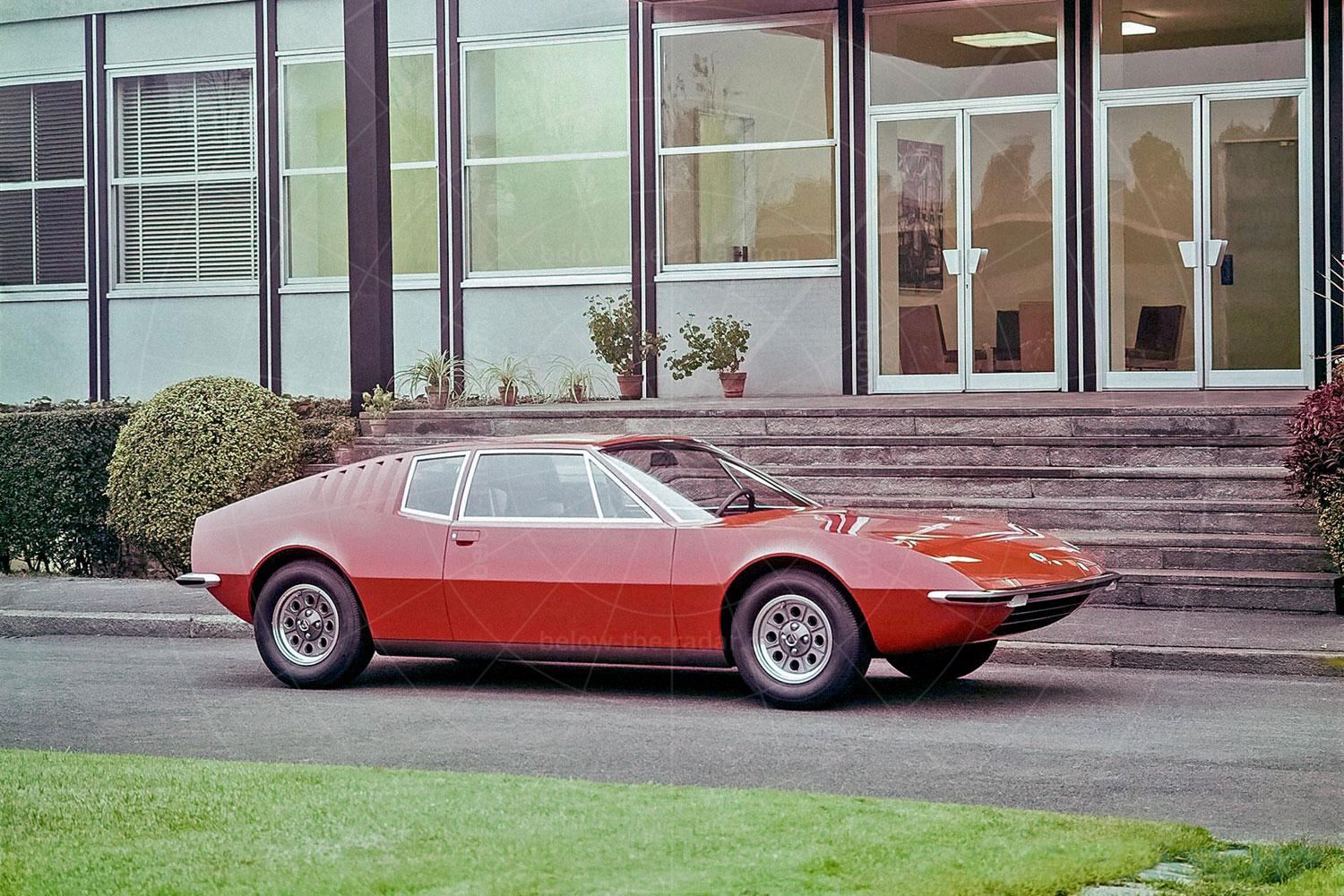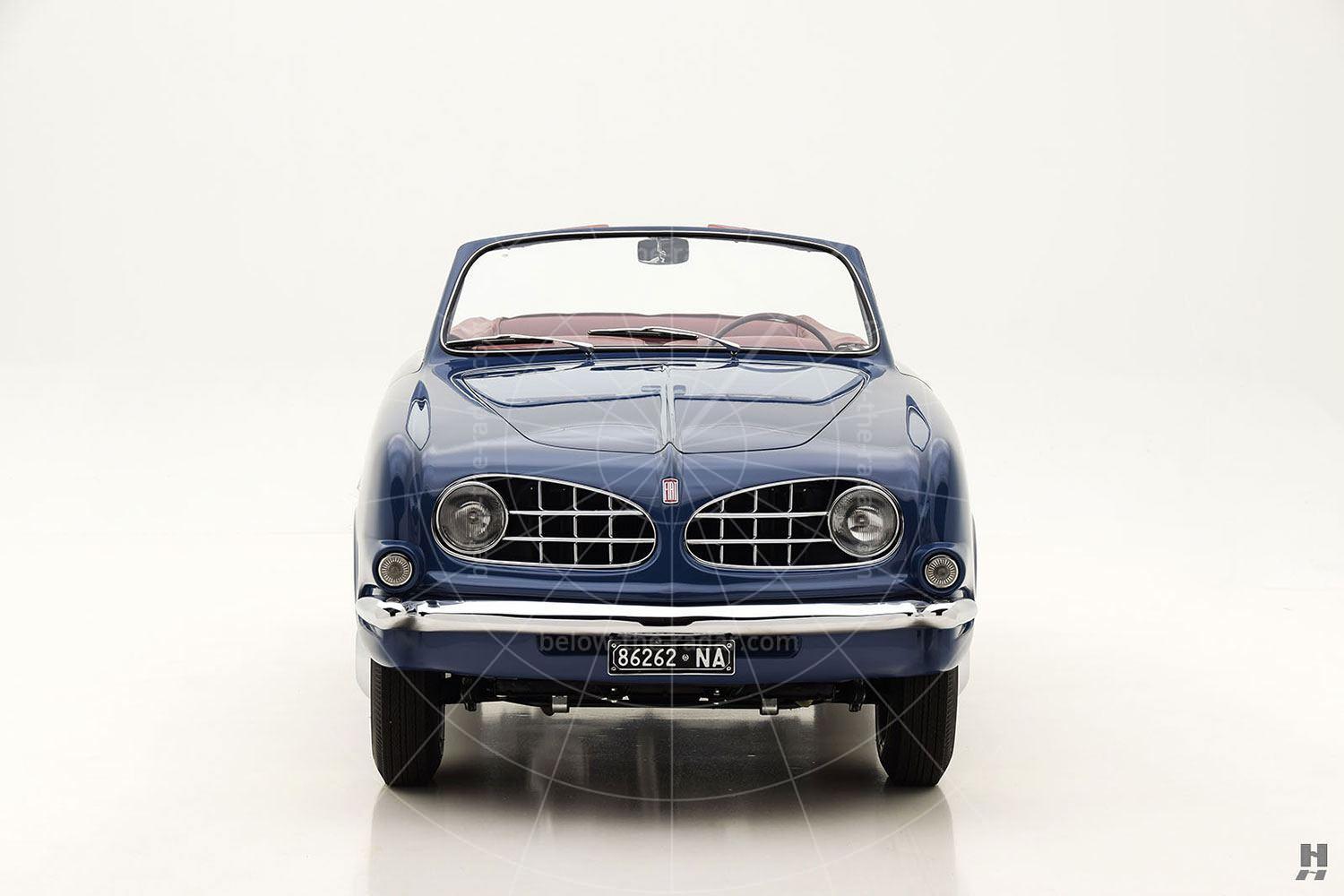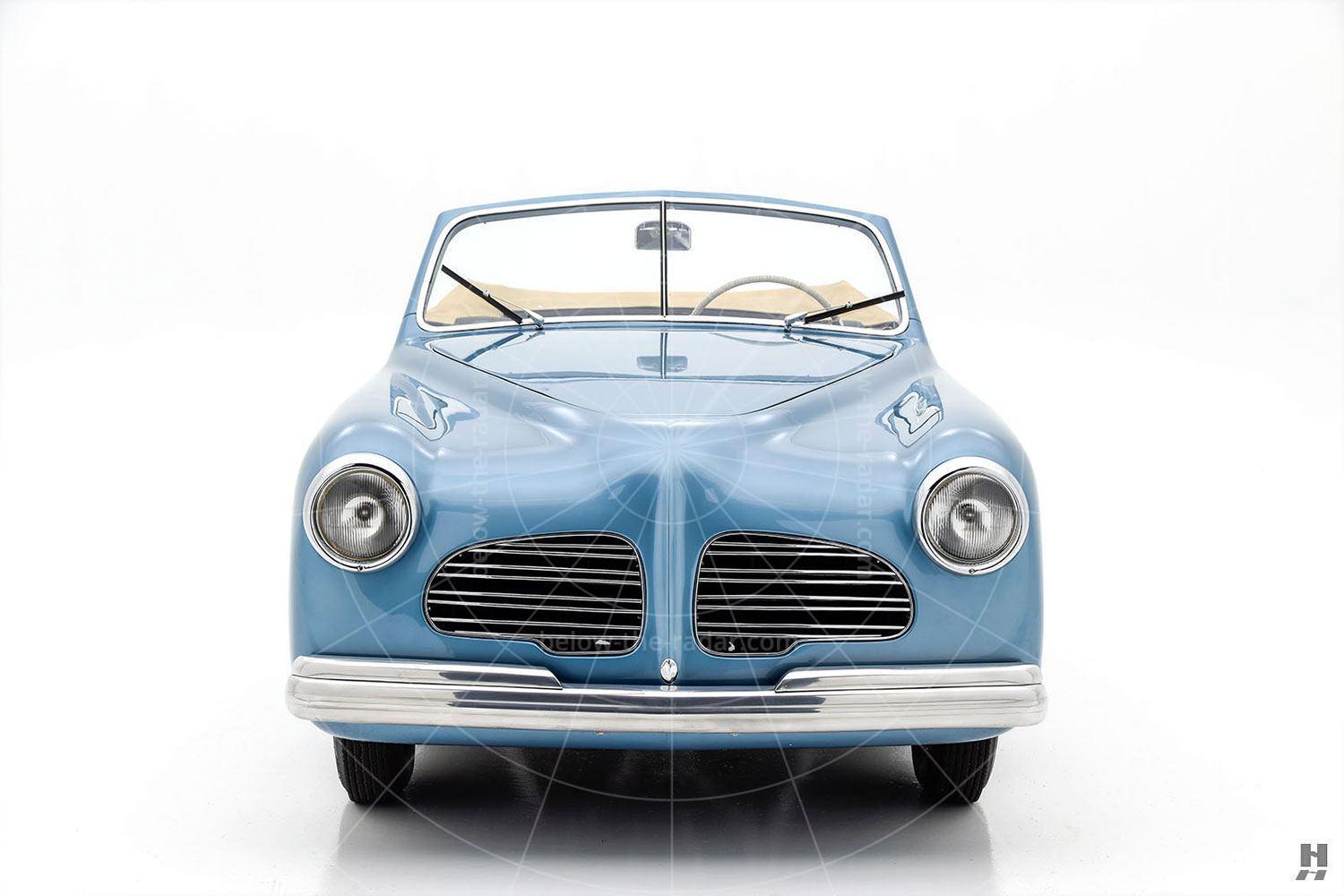Reeves Callaway is inextricably linked with the Chevrolet Corvette, the sometime single-seater driver turned tuner having made ‘America’s Only Sports Car’ go faster than ever seemed feasible. When you produce a hotted-up Corvette with, say, the name ‘Sledgehammer,’ you know it isn’t about to be shy or retiring. The C12, however, had a title that was positively tame by comparison, but then it was so much more than a reworked Corvette. It was a road car with racing car credentials, and it was part German.
The C12 made its debut at the 1997 Geneva Motor Show. Connecticut-based Callaway Cars built the beast in conjunction with the Bad Friedrichshall-based IVM Engineering Group, which also homologated it for sale in Europe. The car’s signature feature was its enormity, if only by Corvette standards. The car may have been based on a C5-generation model, but it was 2mm shy of two metres across as per the competition variant, the C12.R. The styling was the work of Callaway’s regular collaborator, Paul Deutschman.
The Canadian, whose resume included a stint at Rover prior to freelancing on everything from radical Porsche makeovers to high-performance trikes, produced a dramatic outline. By the time the Montreal man was finished, there was little carryover from a regular Corvette save for the basic contact points, part of the doors and some glazing. Power came from Callaway’s signature SuperNatural V8 which was based on the LS-series Corvette V8. It produced a healthy 440bhp at 6300rpm and 395lb ft of torque at 5200rpm (although a handful of cars featured 6.2-litre units). The changes didn’t end there, the C12 also being equipped with Callaway’s own-brand coil-over suspension.
The deal between the partners was that the car would be marketed in its homeland under the Callaway banner, and in Germany as an IVM C12. The US arm, which, just to add to confusion had a competition department based in Germany, also fielded the C12.R under the Callaway nameplate in Europe. A works car raised eyebrows on claiming pole position for the blue ribband 24 Hours of Le Mans in June 2001, and this in a field that included factory-backed Corvette and Chrysler Viper squads. However, American drivers Bob Mazzuoccola, Vic Rice and Cort Wagner didn’t go the distance in the race.
The C12 adventure ended that same year. As to how cars many were made, it rather depends on whose estimates you credit. No two were strictly alike, with prices starting at around $200,000. The general consensus seems to be around 20-25. Tellingly, it wasn’t marketed as a Corvette, unlike many other Callaway-modded Chevrolets. It was deemed to have been so heavily modified from the donor car that it was a marque and model in its own right, nor was the name Corvette mentioned in promotional material. Oh, and customers included NASCAR royalty Dale Earnhardt Jr.

